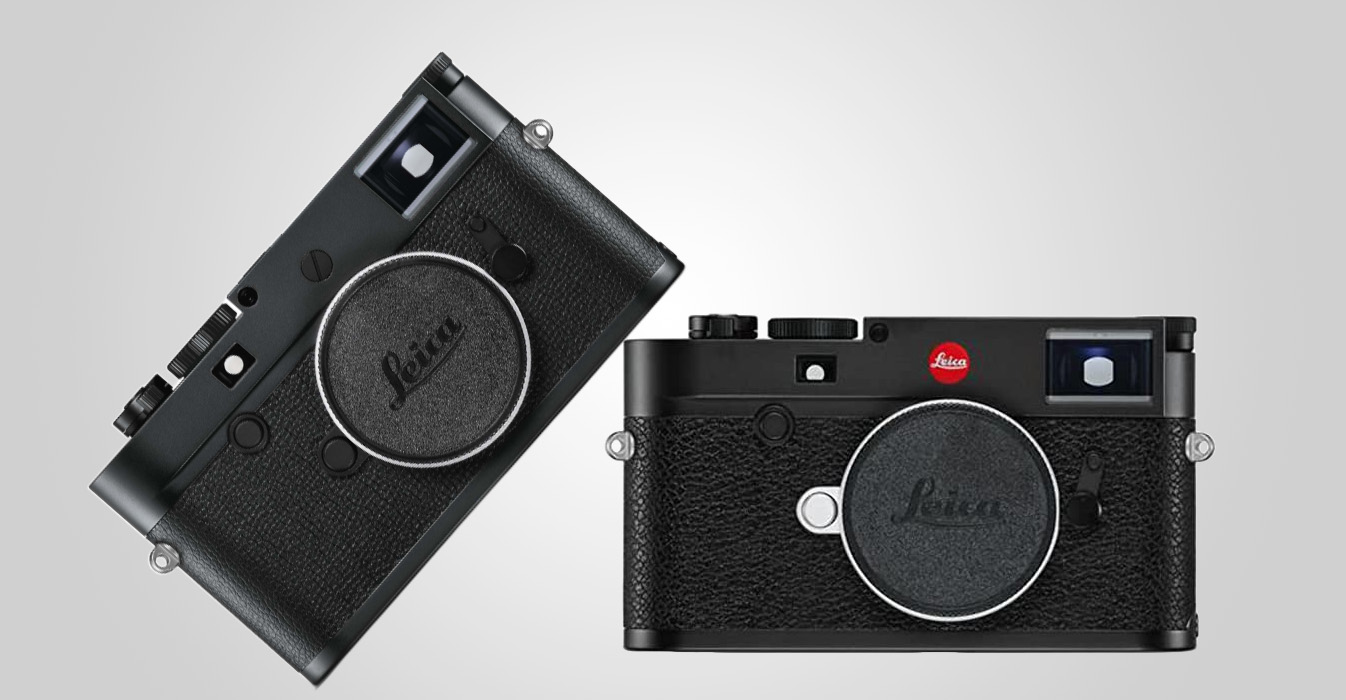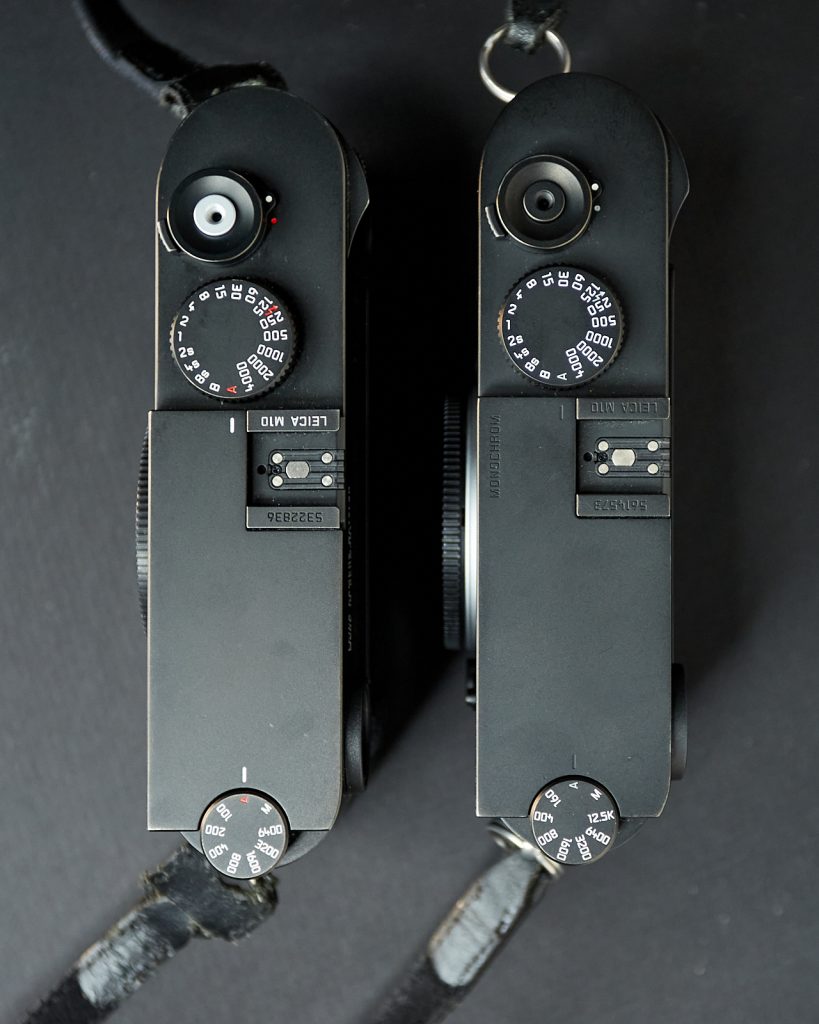Equipment
Can You Tell the Difference Between the Leica M10 and Leica M10 Monochrom?

Leica is perhaps, the one camera brand over any others that are willing to push the bounds within the camera market. While not all of their ideas are a hit – the LCD Screenless Leica M10-D comes to mind – it’s certainly worth commending a brand that is willing to do something different and think outside the box. From wicked fast lenses like the 50mm Noctilux to their medium format behemoth Leica S3, Leica has done a lot to give photographers a unique experience in the photography world.
It’s easy for a pragmatic person like myself to write a brand like Leica off. For me, the price of their systems is unrealistic, and their lack of many key features on their flagships, such as autofocus, makes it easy to write off as a professional camera for a working photographer. Still, their harkening to the film era rangefinder design is beautiful from an aesthetic standpoint, and their lens options, both optically and in features, are something that would have any photographer’s ears perk up. And so, I decided I’d do an investigation into Leica’s most polarizing lineup of cameras – the Monochrom series.
The Monochrom series is a sensor option available to a few of their systems that swaps the traditional CMOS sensor with a newly designed sensor with no color filter array – meaning all of the images are in black and white from the moment their captured. Leica claims this specialized sensor gives an “unprecedented depiction of even the finest details”, while also offering superior contrast in the images. To my knowledge, no one has ever formally disputed these claims, and so I decided I wanted to do a test with this in mind, and see if our readers can tell the difference between the Leica M10, and the Leica M10 Monochrom.
Leica M10 vs. Leica M10 Monochrom
Designwise, there is little difference between these two systems. Visually, the only visual difference between one and the other is the blacked-out logos and text on the Leica M10 Monochrom. Both cameras are made of magnesium alloy and have incredibly robust and industrial feeling in the hands – a design element you’d expect from their German heritage. But visuals aside, the only difference between the Leica M10 and Leica M10 Monochrom is the sensor – with the former offering a 24-megapixel full-frame sensor, and the latter, a 40 megapixel black and white full-frame sensor. The remaining difference is the price, with the Leica M10 Monochrom being quite a bit more expensive than its color-capturing sibling.
So, I took these cameras, along with the beloved Leica 50mm f/1.4 Summilux ASPH to capture photos of something that in no way should be in black and white – flowers at the iconic Huntington Library here in Los Angeles. The photos below are JPEGs that came straight out of the camera, with the Leica M10 set to its black and white setting. No editing was done on these images, aside from resizing for web – we’re looking just at the baseline of each camera. Below you can right-click, and open the images in a new window to get a higher resolution preview of each image, followed by a quiz to see if you can tell the difference between the Leica M10 and the Leica M10 Monochrom.







The Quiz
Final Thoughts
The goal of this piece isn’t to give my perspective, but to offer example photos of each camera system, and let the readers jump to their conclusions. But if I were to interject my opinion, do I think the Leica M10 Monochrom is worth it? Definitely not (at least to own). The image quality from the camera is stellar, and while I had both cameras for a week, I found myself using the Monochrom variant way more often than the Leica M10. In fact, I found it fairly easy to pick out which camera was which, based purely on the dynamic range and overall contrast in the images. But the practical photographer in me just can’t find a use for a camera that shoots exclusively in black and white, especially when the results can be reasonably mimicked with some clever black and white conversion in Capture One or Lightroom.
Author: Zach Sutton
I’m Zach and I’m the editor and a frequent writer here at Lensrentals.com. I’m also a commercial beauty photographer in Los Angeles, CA, and offer educational workshops on photography and lighting all over North America.-
modulusshift
-
disqus_XN9vf0ShQK
-
walter beagley
-
Vincent Lopes
-
James Sarrett
-
David Chatenay
-
Fiske
-
LaurentBourrelly
-
NewYorkCentral
-
Roger Knight
-
TheCricketer
-
Stanislaw Zolczynski
-
Tom239
-
Guillermo Luijk
-
Supreme Dalek
-
Andreas Werle
-
Doug MacMillan

